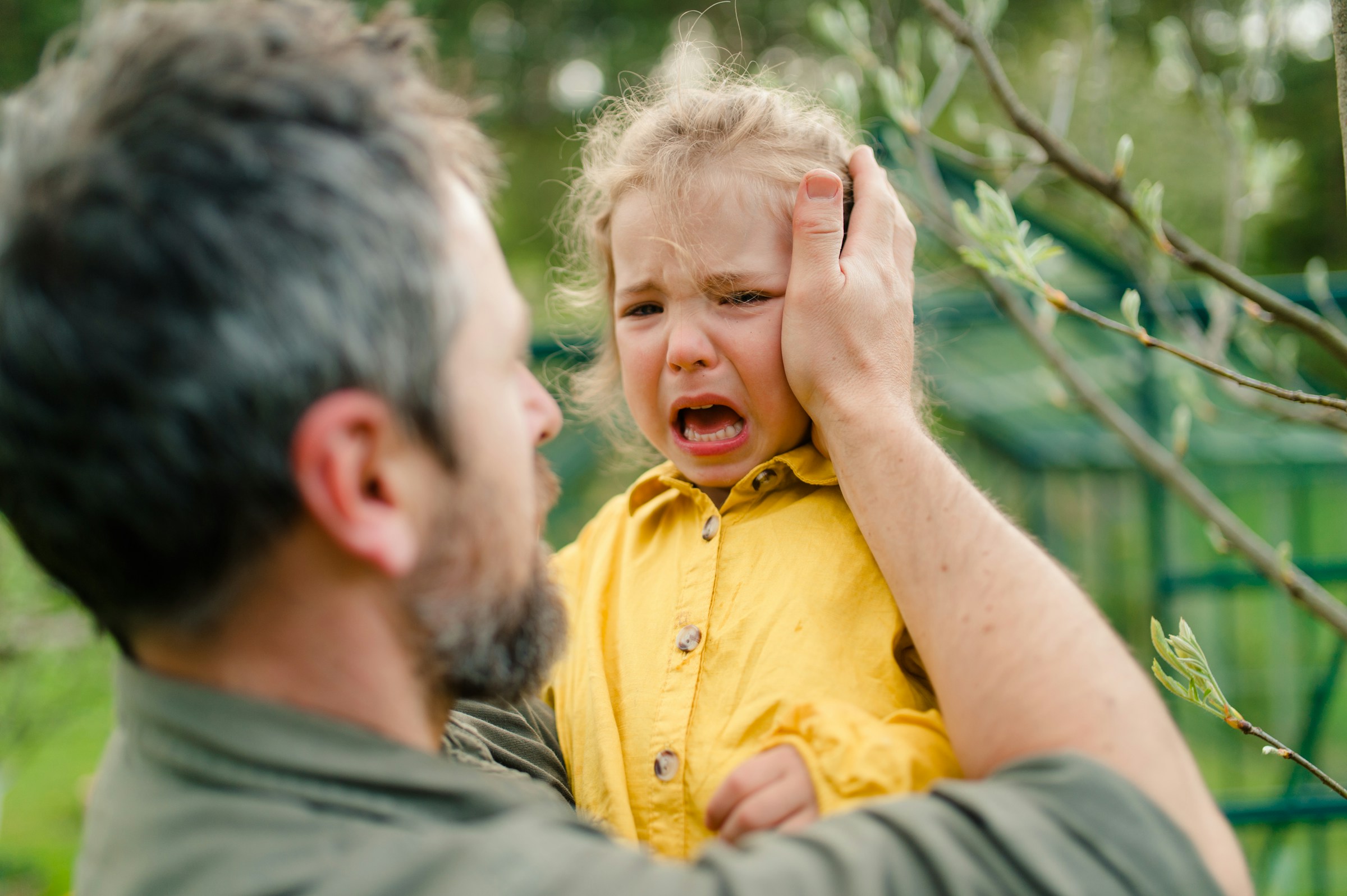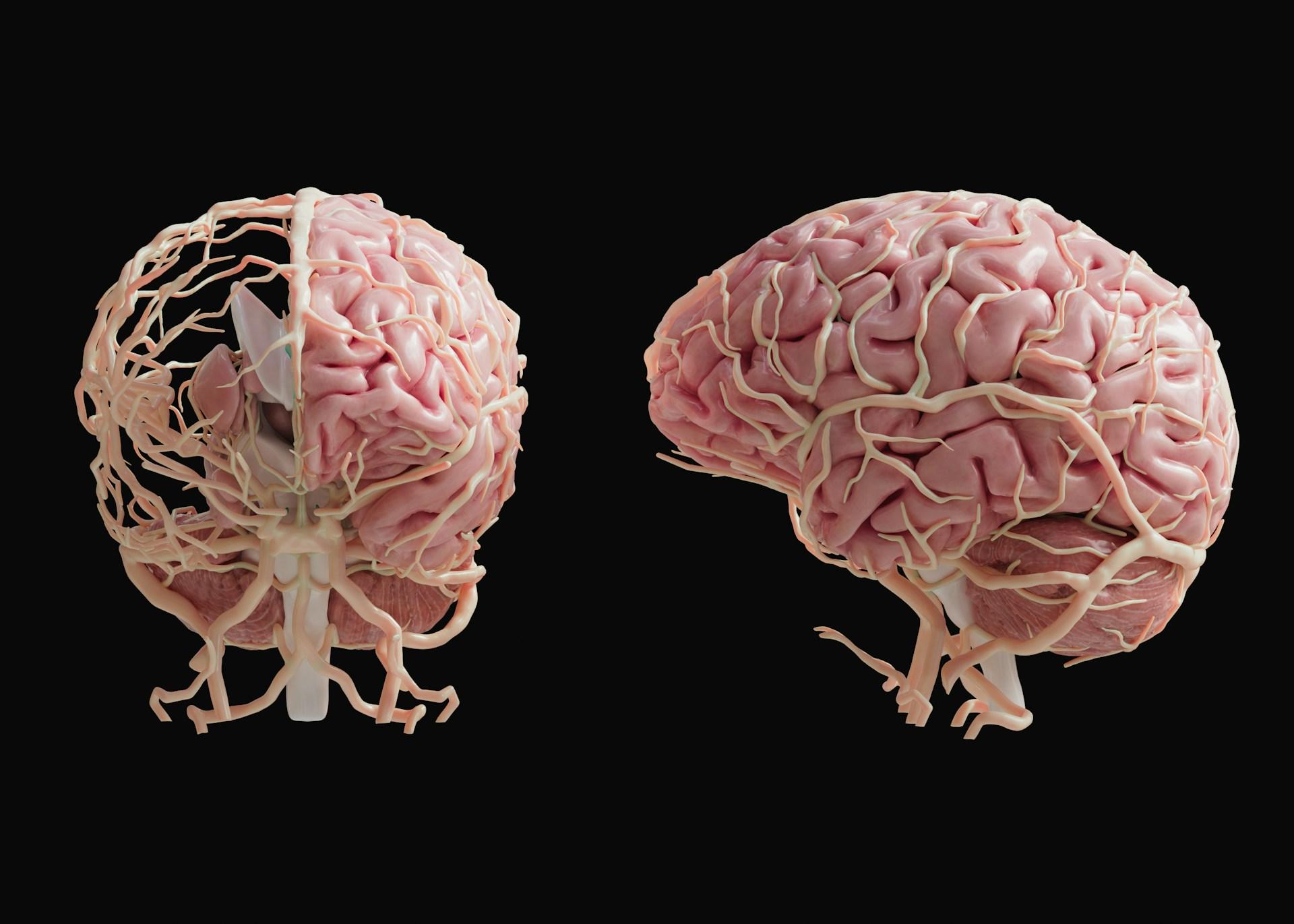It often begins in a quiet, almost forgettable moment. A small hand reaches for a toy, a sibling blocks the path, and a swat lands before words can catch up. Adults feel the shock first, then worry, then the anxious question that lingers across long afternoons. How long will this last. The answer is reassuring, even if the days feel heavy. For most families the hitting phase lasts months rather than years, with an early rise, a clear peak, and a gradual taper as language and self control grow. It is not a verdict on your child, or on you. It is a sign that the body is ahead of the words, and that your home can be redesigned to help the two meet.
Hitting commonly appears as motor skills surge ahead of vocabulary. In the second year of life, sometimes as early as 12 to 15 months, toddlers discover how powerful their bodies feel. Feelings arrive in fast waves, yet sentences are still short and imprecise. The hand becomes punctuation. The arc often crests between 18 and 24 months, when big emotions collide with changing naps, teething, and experiments in sharing at childcare. You may notice that swats cluster after long outings, in crowded rooms, or when meals run late. As language widens, sleep steadies, and routines become predictable, the spikes soften. Many children show clear improvement by age three. Some will still swat in tired, noisy, or crowded moments at four. That is not failure. Development moves like a slope, not a switch.
What shortens the season is not a perfect lecture or a stern face. It is a repeatable script, a space that cues safer choices, and a calm body to borrow when the child’s own calm is missing. Think of your home as a coach that keeps whispering when your energy dips. The goal is not to crush the behavior with force. The goal is to teach a replacement that a toddler can actually use. That swap needs to work at the speed of a toddler body, which means your response must be simple, predictable, and quick.
There is almost always a cue before the hit. Eyes narrow, the jaw tightens, the toy becomes a flag for a turf claim. When you can see the pattern, you can change the stage. Reduce noise where you can, divide play zones, and double up on the few items that always attract a crowd. Two sets of crayons often cost far less than a daily conflict dividend. Soft lighting and a simple rug boundary slow the room. Low baskets invite clean up without turning you into a constant narrator. When the environment is clear, your words can be few and kind, which is exactly what a flooded nervous system can handle.
Language is a tool, but only when it is short and steady. Toddlers hear tone before they decode content. Short phrases travel farther than long explanations. You can kneel and say, I will not let you hit. Hands stay with you. If your child is ready for labeling, add a simple reflection. You are mad. You wanted the truck. I will help. Use your hands to block if you must, gently at the wrist, then show a safe action so the feeling has a place to go. Press the pillow. Stomp on the mat. Squeeze the ball. This is not a reward for aggression. It is a safe path for energy that otherwise spills into a swing. Each calm redirection builds a small bridge toward self control.
Repetition changes the timeline. A consistent phrase and a consistent safe action can shorten the hitting season by several weeks because they strip out the mystery. Children test less when the outcome is known. If some days you laugh, other days you threaten, and on the toughest nights you explain for five minutes like a well meaning diplomat, the phase stretches. If caregivers use the same words and the same gentle block, the phase contracts. Consistency is not a rigid mood. It is a shared script that frees everyone’s nervous system, yours included.
Sleep and hunger set the floor of behavior. Short naps and long gaps between meals act like accelerants that no one sees. A small, reliable snack in the late afternoon lowers the chance of a pre dinner meltdown without turning the day into constant grazing. Ten minutes earlier for dinner can smooth the entire evening. A familiar wind down builds the next morning’s temperament. Homes that protect sleep like a shared asset often see the hitting phase shrink faster, because the body finally has enough fuel to practice patience.
Context matters. A child who hits only in group care may be telling you that the arousal of crowds runs high. Practicing at home can help. Use stuffed animals to rehearse without shame. The bear wants the block. The fox says no. Hands with you. Press the pillow. It will feel theatrical once or twice, then you may hear your child repeat the line to a friend. That is the sign that the script has reached long term memory. Seasons end in quiet ways like this, not with a grand speech, but with a small skill that transfers to a busy room.
Parents sometimes worry that inviting a stomp or a pillow press normalizes aggression. The opposite is true. You are normalizing expression that does not harm. Feelings can be loud while hands stay kind. When children learn that adults will help their bodies do something better, the urge to hit for attention declines. You are not excusing the behavior. You are teaching a next step that their brain can use today, which is the only step that becomes tomorrow’s self control.
Some seasons feel longer. Children with bigger sensory needs may need more movement breaks. Temperaments that run hot may spike after normal changes at home, like a new sibling or a move. Language delays can hold a child in the steep part of the curve for a little longer. Even then, the same design rules bend the line. Keep words short. Keep safe actions easy to reach. Stay ahead of predictable friction by adding planned movement before high demand moments. Walk to the balcony and blow three slow breaths into the sky. Do a silly shake in the hallway. Touch toes and count. Sixty seconds of movement drains fizz that would otherwise land as a swat.
Your body is part of the room design. Children learn regulation from regulated adults. This is not a demand for perfection. It is permission to let posture carry some of the load when words feel thin. Lower your shoulders. Soften your jaw. Kneel so your voice does not fall from above like cold rain. When you feel tired, hold the script like a rail. Hands stay with you. I will help. Over time your steadiness becomes the memory the child keeps, and that memory closes the season faster than any punishment could.
Punishment rarely shrinks the timeline. Time outs that isolate without support can stretch confusion. Long lectures cannot land on a nervous system that is already flooded. Consequences still belong in the picture, but let them be simple and connected. If a child hits with a wooden train, the train rests for a short time. Not a week, not a threat, a pause. Then you try again with help. This is consequence as design, not consequence as fear, and it teaches the next step while protecting bodies.
Siblings change the variables. An older child may strike back, or celebrate a small win. Coach them toward the same script, scaled up for age. Step back. Hands with you. Call me. When siblings learn to block without inflaming, the whole group gets smarter. Safety becomes a team habit rather than a parent job. The culture itself compresses the phase, and it also speeds repair when things go sideways, because everyone has a role that earns pride rather than rivalry.
Public moments are the hardest, because stares feel like judgment and your body answers with heat. The natural urge is to fix fast and prove competence. The wiser move is to shrink the stage. Kneel. Use your line. Block the hand. Exit if you need a smaller room. You are not announcing failure when you step outside. You are choosing a quieter place so nervous systems can reset. The hitting phase often stretches when public pressure teaches adults to overreact. Boring exits and predictable returns show a child that big feelings pause the scene but do not cancel love or plans. Pauses end. Control grows.
If you are tracking time, the pattern most families see looks like this. An initial rise as the second year unfolds. A sharper crest during language leaps and schedule changes. A gentle downslope as vocabulary widens, naps consolidate, and routines hold. With consistent blocking, clear scripts, and steady sleep and food rhythms, the intense period often shrinks to a few months, followed by occasional swats that fade by three. If hitting continues to feel intense beyond that, or if injuries occur that feel out of scale, it is wise to consult a pediatrician or a child development specialist. Support is not a sentence. It is a shortcut to skills your child is ready to learn.
Home can become a studio for practice rather than a courtroom for verdicts. A small calm corner that feels chosen, not exiled, invites a child to reset. A basket with a textured pillow, a board book, and a squishy ball becomes a refuge that a child can reach for without being told. Warm light and a small view to the outdoors calm a fussy late afternoon. Rugs soften sound. Low shelves slow the pace of play. These are not decorations. They are nervous system tools that do part of the teaching while you catch your breath.
Your reserves matter too. The phase steals minutes and patience. It does not have to steal your sense of home. Place a cup by the sink that feels good in your hand. Keep a square of chocolate in the high cupboard. Text a friend a single line after a hard moment. Made it through the storm. Small acts remind your body that the day contains more than conflict. Your steadiness, replenished in these simple ways, is the real timeline. Children borrow adult calm until they grow their own. When you refill your energy, the season shortens in quiet, ordinary ways.
In the end, the question that echoes in worried minds has an answer that is simple, even if the daily work is not. How long does a toddler hitting phase last. Long enough to feel bigger than it is, short enough to be shaped by the script you repeat, the room you design, and the calm you practice. Most toddlers trade hits for words as their brains knit together new paths for connection. Teach hands what to do, not only what not to do. Keep words short and steady. Protect sleep and food, and let the space do some of the coaching. The arc will bend. The season will close. The room will breathe again. In that quiet you will see the real skill you built together, not perfection, but a small person who has learned that feelings can be loud while hands can stay kind. That lesson lasts far longer than the phase that first forced you to teach it.










.jpg&w=3840&q=75)




